The Mitsubishi Debonair V could not have arrived at a more opportune time.
It was mid-1986 and the luxury saloon's home country had entered what became known as the 'bubble condition'.
Japan had experienced decades of incredible growth, known as the 'economic miracle', transforming from a war-ravaged place into the world's second-largest economy.
Then, in 1985, an accord was signed with the Western superpowers that reversed the dollar's huge appreciation against the yen. This was done in order to pull the US out of a recession and return its industries — primary among them automotive — to global competitiveness.
Although this goal was achieved to a degree, the strengthened yen also contributed to incredible overexuberance in the Japanese economy. The country's stock index tripled in value, while corporate wealth ballooned. So there were plenty of wealthy executives around who would rather like a V6-powered luxobarge — especially one with a boot specifically shaped to be able to carry golf bags.
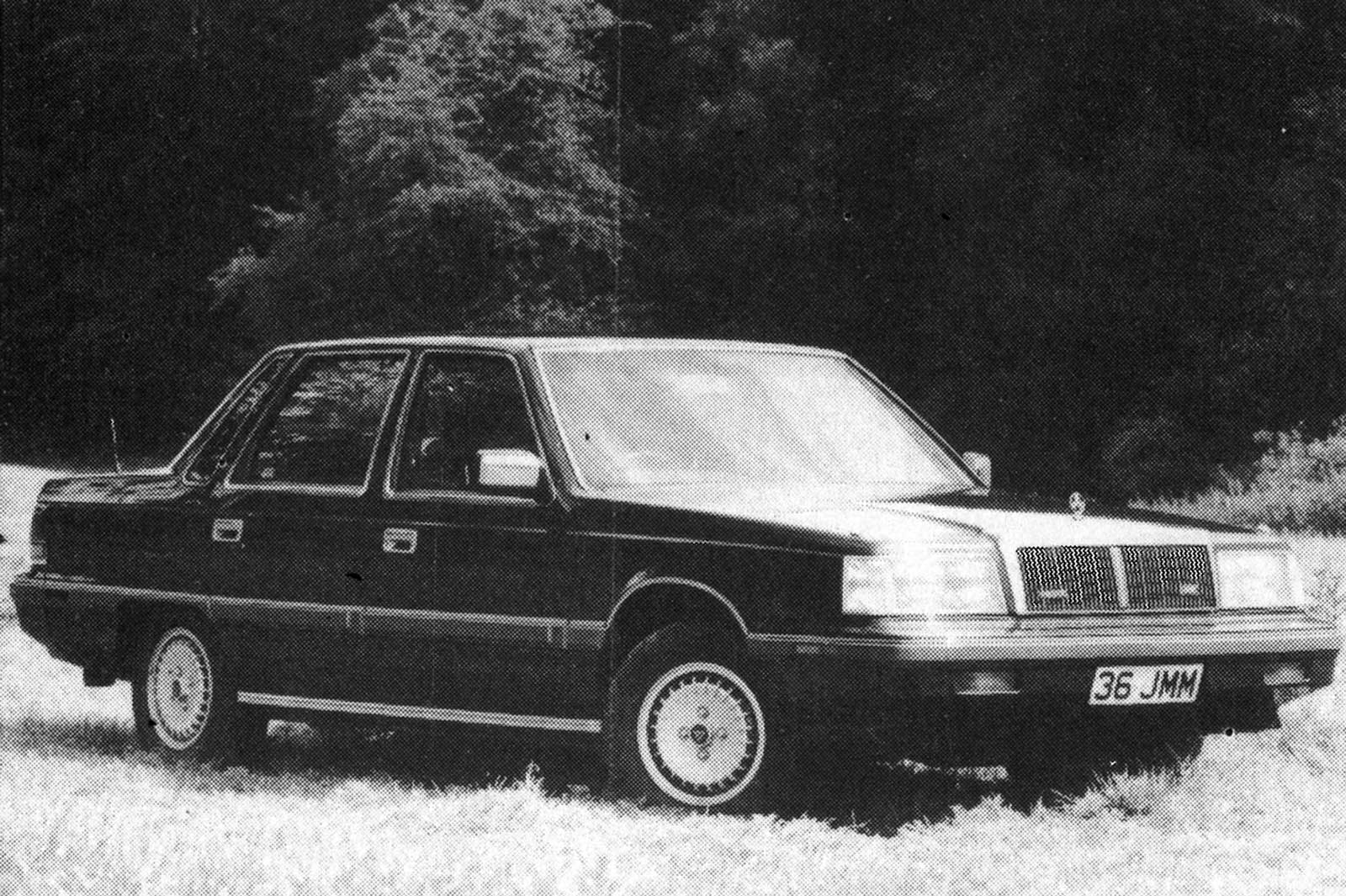
The old Debonair — a brilliant name for such a model, by the way, given that the dictionary defines it as "(of a man) confident, stylish and charming" — had been on sale since 1964 and was looking horribly outdated.
Its replacement was something else altogether, with trendier styling, a much more spacious interior — thanks to the switch to front-wheel drive — and Mitsubishi's first V6 engine. Sales increased by nearly 3000% over the previous model, with a respectable 6230 units shifted in 1987.
Five variants were available, along with two engines: a 2.0-litre V6 producing 103bhp and a 3.0-litre V6, known as the Cyclone, making a more alluring 148bhp.
A year after launch, in 1987, Mitsubishi UK imported an example of the car and, on 8 July, Autocar took a test drive.
"Maximum power is produced at 5000rpm," we began, "but perhaps the most impressive feature is the point at which peak torque is developed: 170lb ft at a lowly 2500rpm.
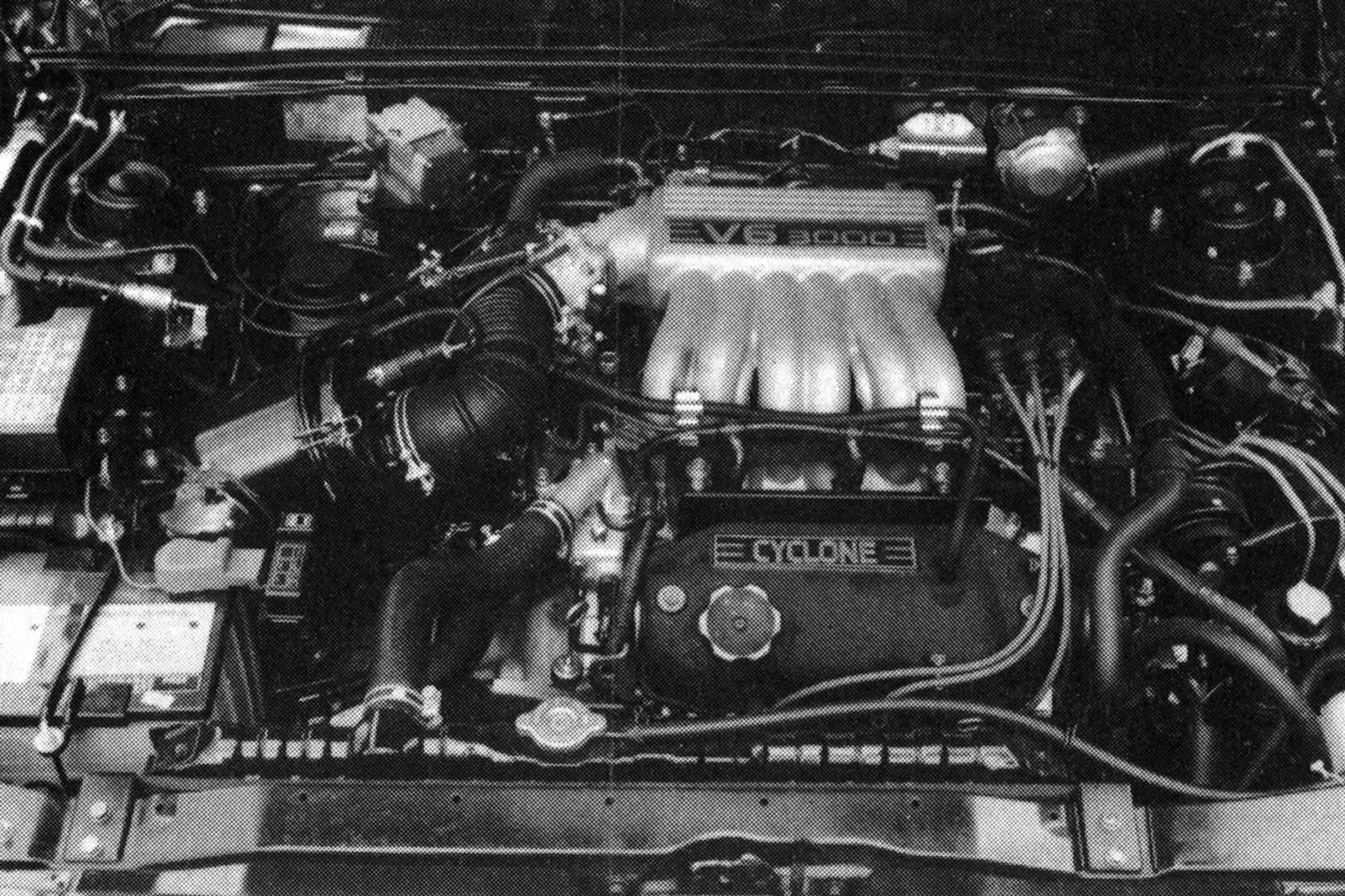 "In comparison, the Honda 2.5-litre V6 found in the Rover 825i and Honda Legend develops its peak torque at 5000rpm.
"In comparison, the Honda 2.5-litre V6 found in the Rover 825i and Honda Legend develops its peak torque at 5000rpm.
"All Debonair V models have the front wheels driven via a four-speed automatic gearbox with electronic lock-up control; there's no manual gearbox option. The car is designed and marketed as a luxury sedan very much in the Cadillac mould and as such is not deemed to require such a gearchange.
"This results in reduced performance, but as it is available only in Japan, which has a well-enforced maximum speed limit of 65mph, performance is not a top priority. Response and tractability are far more important.
"Holding the Debonair on the brake and building up the power with the right foot is standard launch technique with automatics, but this produces a slight squeak from the front tyres when the brake is released. That way, the Debonair reaches 30mph in 3.8sec, with 60mph coming up in 11.0sec, after one gearchange at 34mph.
"Maximum kickdown speeds are 29mph, 64mph and 87mph. These increments show the engine is tractable and responsive, with the important 50-70mph span taking 6.6sec in second gear."
We praised the Cyclone for "being smooth and showing no evidence of the top-end harshness found with some other Japanese V6 engines". This unit went on to be sold here under the bonnets of the Mitsubishi Sigma, Galant, 3000GT and L200 pick-up truck.
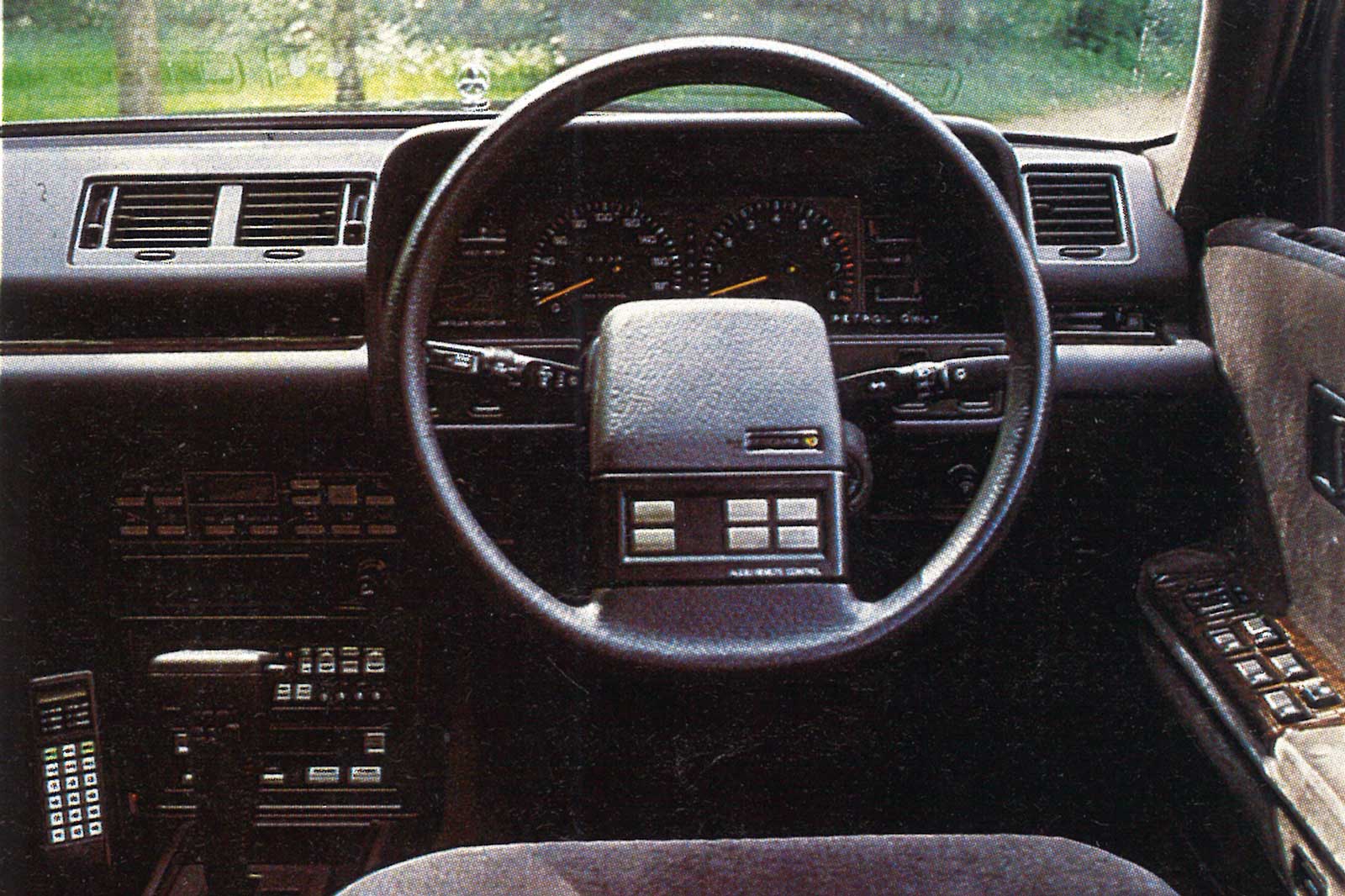
"However," we continued, "the Debonair is no lightweight, at 1393kg [an evaluation that seems remarkable when the Mercedes-Benz S-Class weighs two tonnes], and bearing this in mind it performs reasonably, but it's at the expense of economy. During its 621 miles with us, it returned an overall figure of 17.4mpg."
There was a big disappointment from the perspective of a British driver, though: the "soggy, boulevard nature of the ride". "This may be the norm for Japanese executives," we commented, "but if the car were to be launched here, the suspension would have to be changed considerably."
The interior could probably go untouched, though. "As befits an executive class car, the [range-topping] Royale is lavishly appointed," we wrote. "The interior is spacious for both front and rear passengers, and the driver is provided with sensible and easy-to-read analogue instrumentation.
"Most of the controls are electrically operated, including the sophisticated air conditioning system with a built-in air purifier that operates automatically when the cigar lighter is activated. The controls for this system are duplicated in the rear centre armrest.
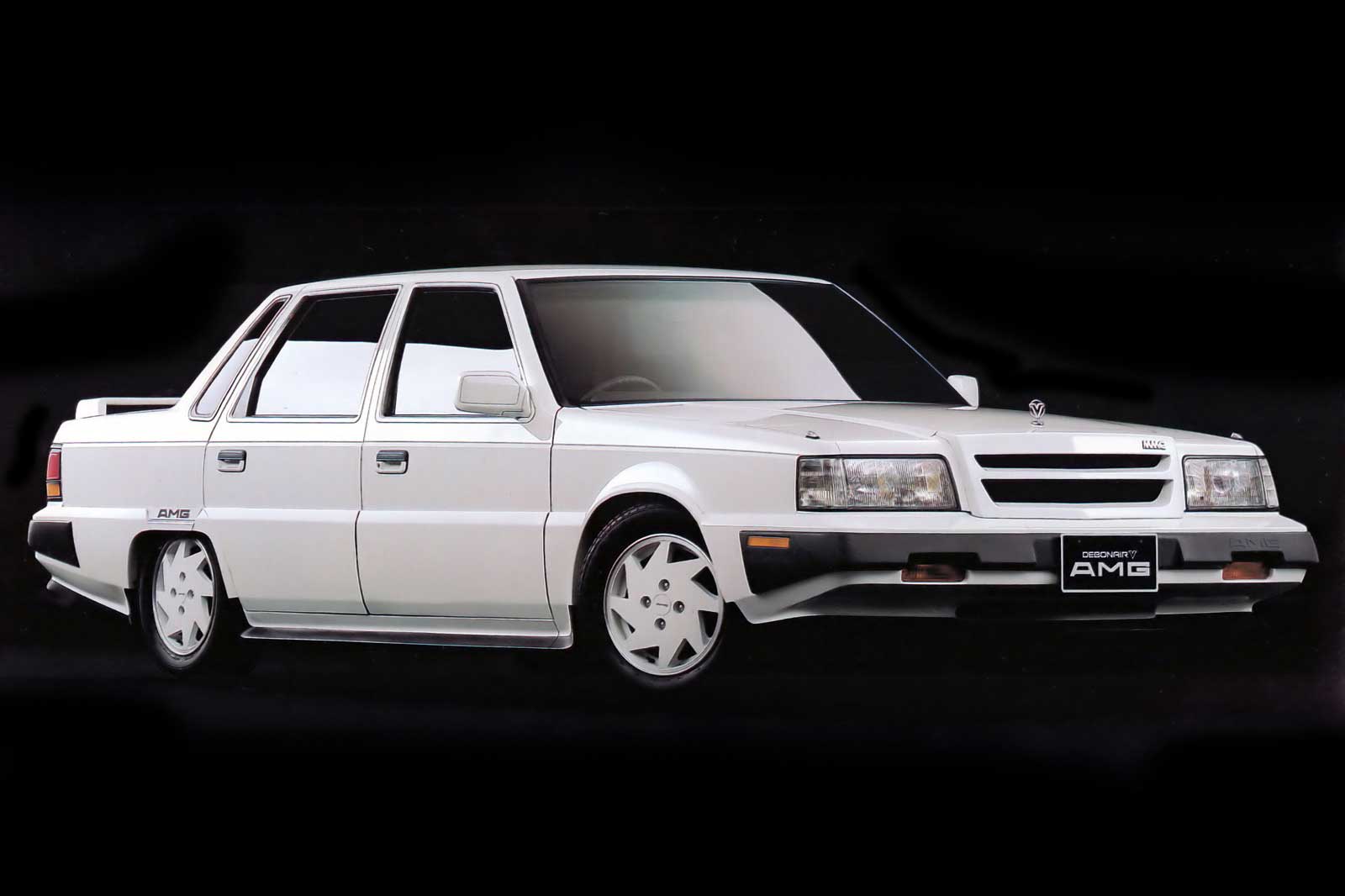 "All the seats are electrically adjustable, including those in the rear.
"All the seats are electrically adjustable, including those in the rear.
"The radio/cassette player also has its major controls duplicated on the steering wheel boss for ease of operations, and these can be replaced by hands-off control for the in-car phone."
The Debonair V continued to be a modest success sold only in its home market, until it was replaced in 1992. This coincided with the bursting of the economic bubble that led to what became known as the 'lost decade' in Japan — although these things are relative, since it remains the world's third-largest economy today, according to the International Monetary Fund.
An interesting footnote to the Debonair V story is the 'sporting' variant: the 3000 Royal AMG. Yes, that AMG — one of the very few times the German tuning company cheated on Mercedes before being subsumed by it in 1993. This JDM oddity had a brilliantly of-its-era bodykit and AMG alloy wheels, but no mechanical modifications to speak of. This was complemented in 1990 by the super-rare 150 AMG, which had its wheelbase extended by 150mm.

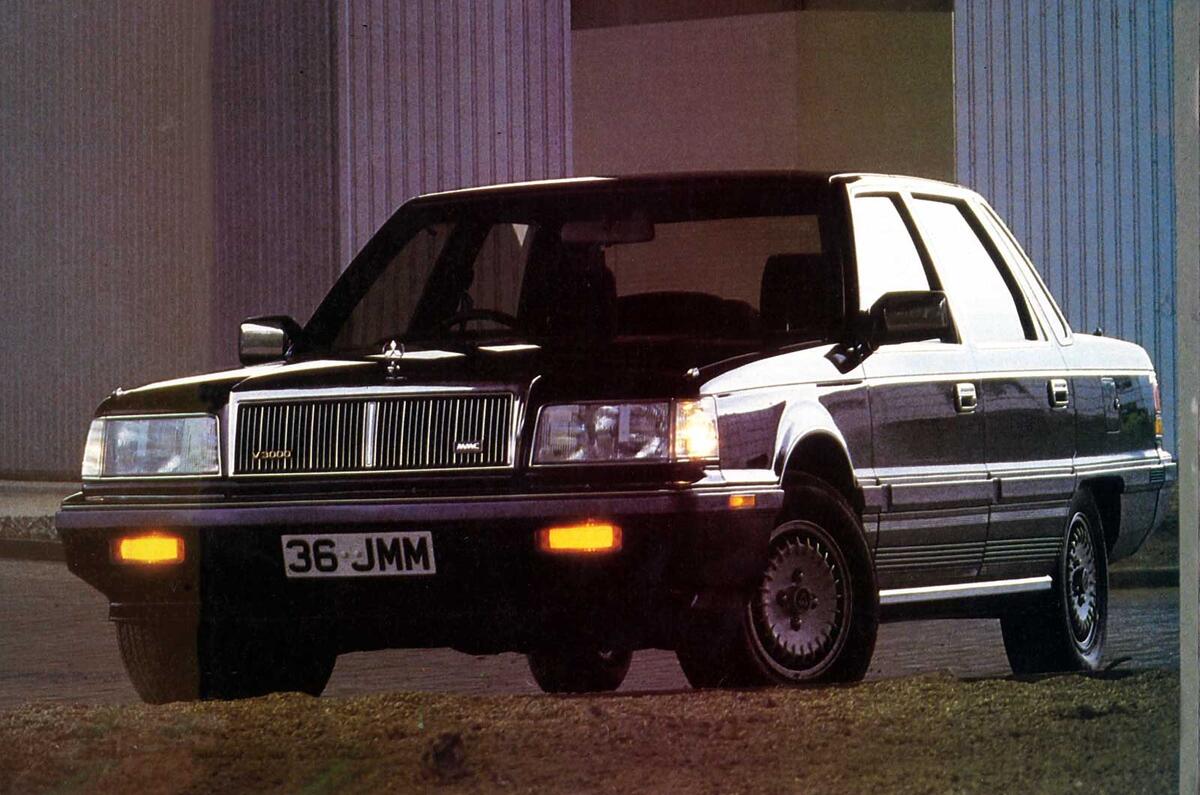
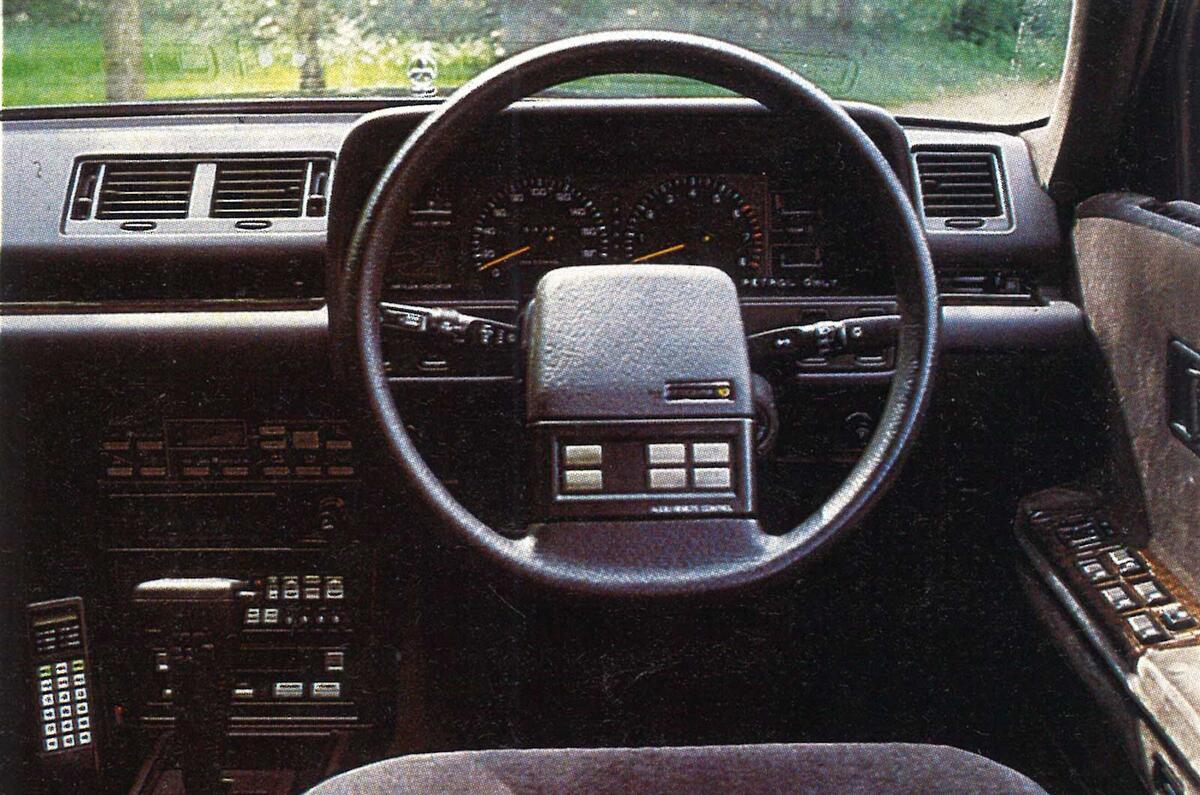

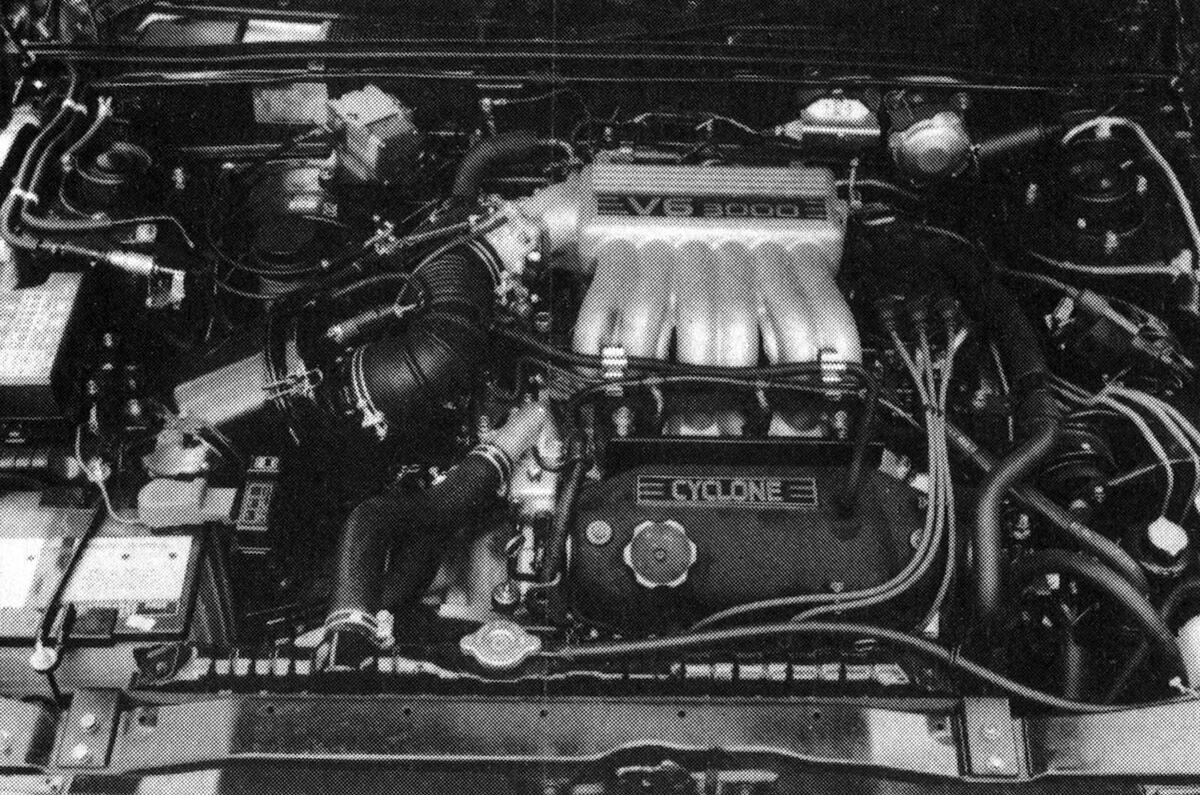
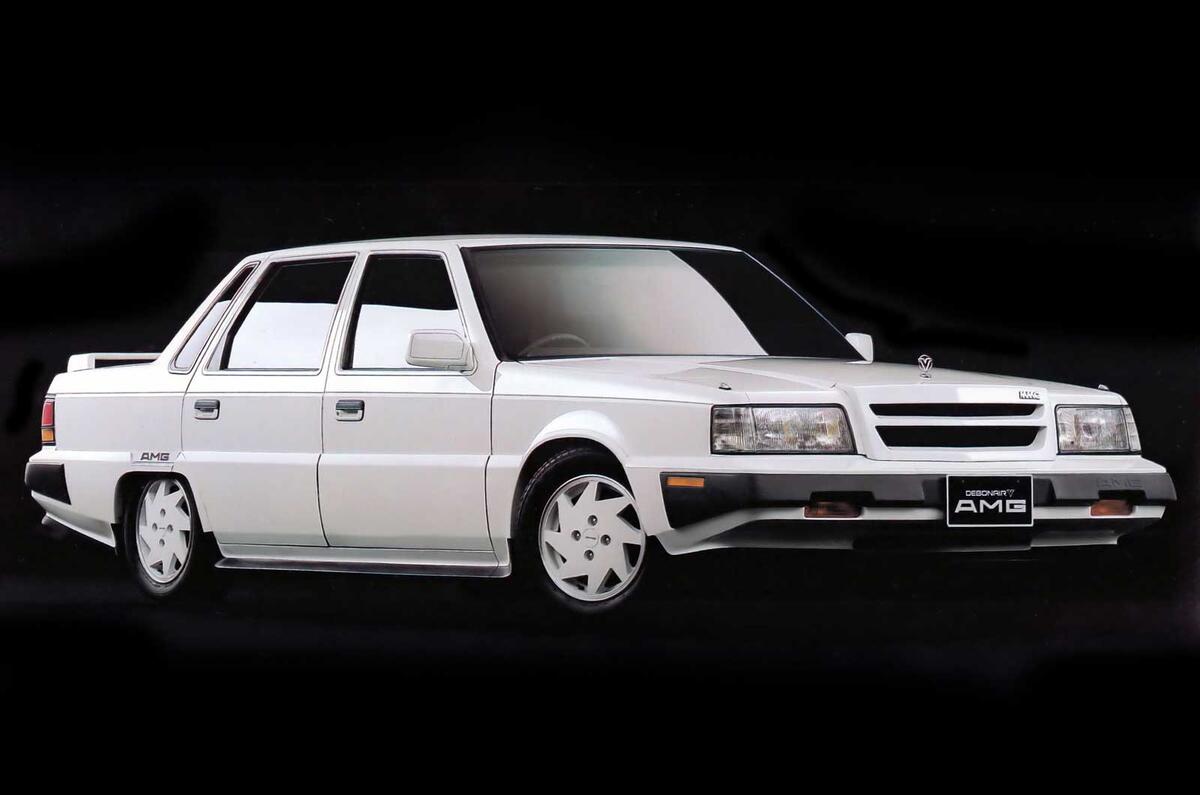
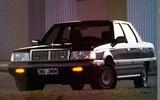
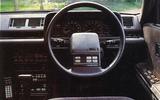
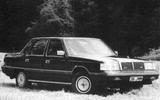
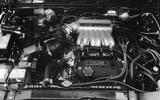
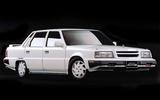


Join the debate
Add your comment
A.M.G
Mitsubishi Debonair V
Another potential rival to Toyota's perennial Century,along with the Nissan President all three which were launched at roughly the same time in the mid sixties. None of the three were intended to be big sellers but the Debonair went to three generations and lasted until 1998 so that's a pretty long production run,the President managed to make it to 2012 so that leaves the Century at the peak of luxury in the Japanese market